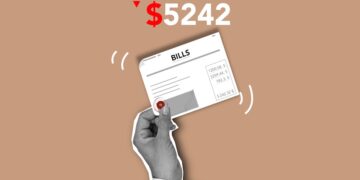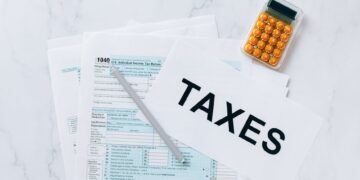Efficient Methods to Reduce Your Credit Card Burden
Are you struggling with high credit card debt? You’re not alone. Millions of individuals face the daunting challenge of managing substantial credit card balances, which can lead to financial stress and limited monetary freedom. But there’s good news: there are effective strategies to help you significantly reduce your credit card burden and move towards a more secure financial future. This comprehensive guide explores various proven methods to alleviate credit card debt, enhance your credit score, and optimize your financial health.
Understanding Your Debt
Before tackling the problem, it’s crucial to fully understand your debt. Gather every detail about your credit card balances, interest rates, due dates, and minimum payments. Tools like spreadsheets or financial management apps can provide a clear overview and help you prioritize which debts to pay off first, usually starting with those carrying the highest interest rates—a method known as the avalanche approach.
Taking Inventory of Your Debts
Start by listing all your debts along with their corresponding interest rates and minimum monthly payments. This step is critical in formulating an effective payoff strategy.
Strategic Repayment Methods
When it comes to reducing credit card debt, strategy is key. Among the most popular and effective strategies are the Debt Snowball and Debt Avalanche methods.
Debt Snowball Method
This method involves paying off debts from smallest to largest, regardless of interest rate, gaining momentum as each balance is paid off. Psychologically, it can provide quicker wins, boosting your confidence and commitment to continue reducing your debt.
Debt Avalanche Method
In contrast, the Debt Avalanche focuses on paying down debts with the highest interest rates first, potentially saving more in interest over time and speeding up the debt elimination process.
Lowering Interest Rates
One effective way to fast-track your debt repayment is to lower your interest rates. Consider these few methods:
Negotiating with Creditors
Contact your credit card company to negotiate a lower interest rate. If you have a history of timely payments, they might be willing to accommodate your request.
Balance Transfer Cards
Transferring high-interest balances to a credit card with a lower interest rate, or better yet, a 0% introductory rate, can save you a significant amount in interest charges, allowing more of your payment to go toward reducing the principal balance.
Setting a Budget and Cutting Expenses
To free up more money for debt repayment, it’s essential to set a realistic budget and cut unnecessary expenses. Analyze your spending habits, identify non-essential expenses, and reduce them as much as possible. Redirect these savings towards your credit card debt to speed up the repayment process.
Utilizing Budgeting Tools
Consider using budgeting apps and tools to help track your spending and stay on course. These can provide valuable insights into your spending patterns and help identify further savings opportunities.
Increase Your Income
Augmenting your income can also significantly impact your ability to pay down debt faster. Consider side gigs, freelance work, selling unused items, or even asking for a raise at your current job to increase your monthly income.
Leveraging Extra Money
Any extra money — be it from a tax refund, a bonus, or additional income from a side job — should be directed towards your credit card debt. This approach can help you reduce the balance much faster than only making minimum payments.
Utilizing Financial Tools and Assistance
If you find it challenging to manage your credit card debt on your own, consider seeking help from financial planning tools or professional advisors. Credit counseling services and debt management plans are also viable options for structuring your debt repayment in an efficient manner.
Credit Counseling Services
Credit counseling can provide you with personalized advice on managing your debt, and help negotiate with creditors to possibly lower your interest rates and agree on a feasible repayment plan.
Tracking Progress and Staying Motivated
Consistently tracking your debt reduction progress is crucial. Celebrate small victories to stay motivated throughout your journey towards a debt-free life. Keep visual reminders of your decreasing debt balance; this will not only encourage you but it also gives a tangible sense of achievement.
Conclusion
Reducing your credit card burden might seem challenging, but with the right approach and tools, it’s entirely achievable. Employ the strategies discussed, from strategic repayment methods and negotiating lower interest rates to increasing income and utilizing financial assistance. With determination and the right plan, you can alleviate your credit card debt and pave the way for a healthier financial future.

























































